

Choosing the right fastener for your woodworking project is crucial for ensuring strength, durability, and a professional finish. Wood pan head screws are a popular choice for a wide range of applications, offering a clean, countersunk head that sits flush with the surface. This guide delves into the specifics of wood pan head screws, helping you understand their features, applications, and how to select the best ones for your needs.
Wood pan head screws are characterized by their flat, slightly countersunk head, designed to sit flush or slightly below the surface of the wood. This creates a smooth, even surface, ideal for applications where aesthetics are important. Unlike other screw types, the head doesn't protrude, preventing snags and enhancing the overall look.
Several factors differentiate wood pan head screws. Material is a key consideration. Common materials include:
Further distinctions are made based on:
Selecting the appropriate wood pan head screw involves considering several factors:
The type of wood significantly influences screw selection. Harder woods require screws with sharper threads and potentially a larger diameter to prevent stripping. Softer woods allow for the use of screws with coarser threads.
The screw's length must be sufficient to provide adequate penetration into the second piece of wood for secure fastening. The diameter should be appropriate for the wood's thickness and strength. Using a screw that's too small can result in stripping, while using one that's too large can split the wood.
The intended use dictates the material and finish of the screw. For outdoor applications, stainless steel screws with a corrosion-resistant finish are essential. For interior applications, steel screws with a suitable finish may be sufficient. Hebei Muyi Import&Export Trading Co.,Ltd offers a wide range of options.
Proper installation techniques ensure a strong and lasting bond. Pre-drilling pilot holes is often recommended, especially for harder woods, to prevent splitting. Using a countersink bit ensures a flush surface with the pan head screw.
| Material | Strength | Corrosion Resistance | Cost |
|---|---|---|---|
| Steel | High | Moderate (depending on finish) | Low |
| Stainless Steel | High | Excellent | High |
| Brass | Moderate | Good | Medium |
This comprehensive guide provides a solid foundation for understanding and selecting the right wood pan head screws for your woodworking projects. Remember to always prioritize safety and use appropriate safety equipment when working with tools and fasteners.


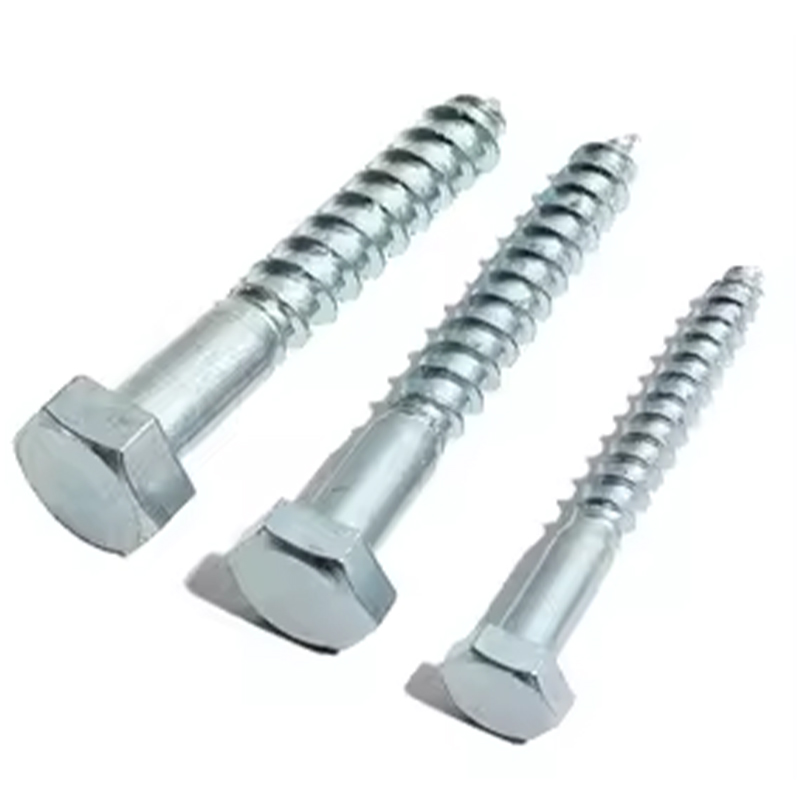



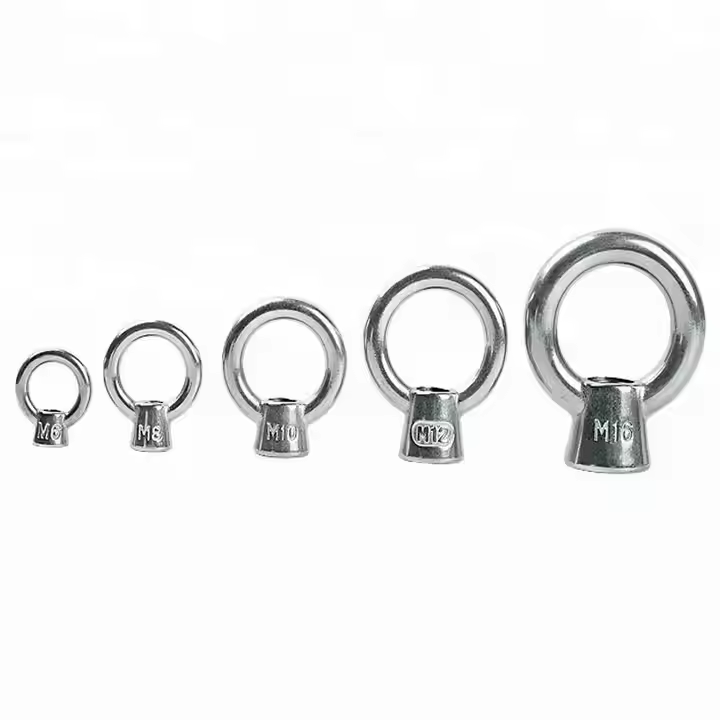
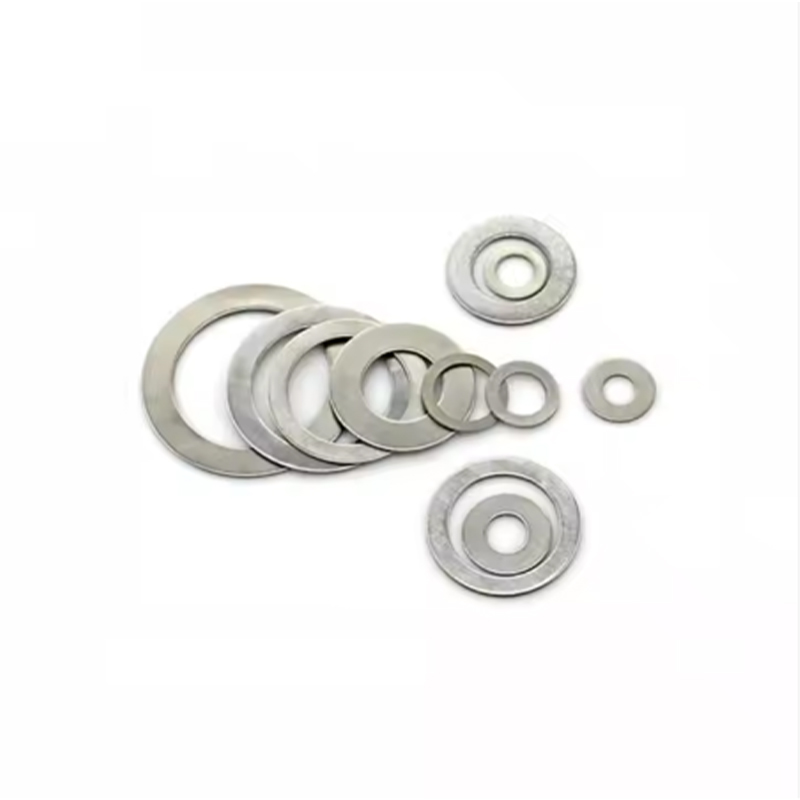
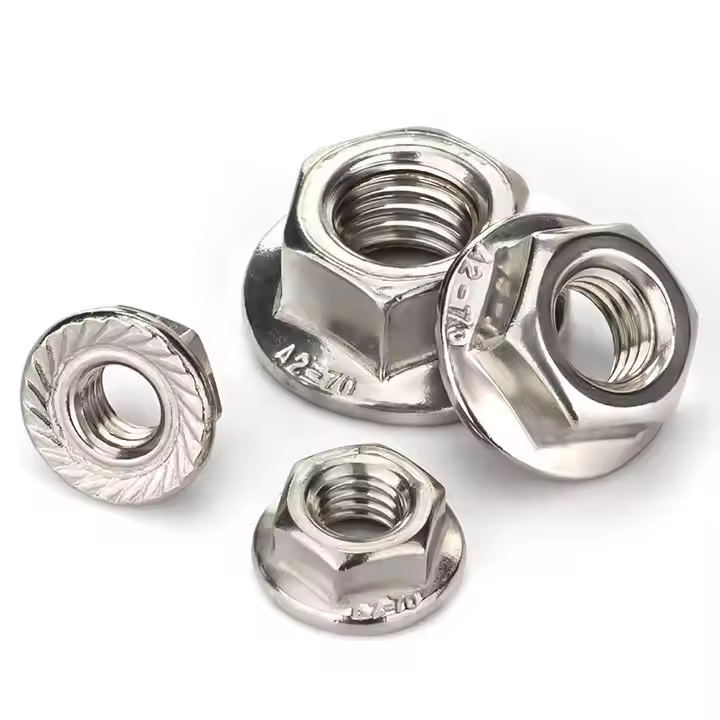
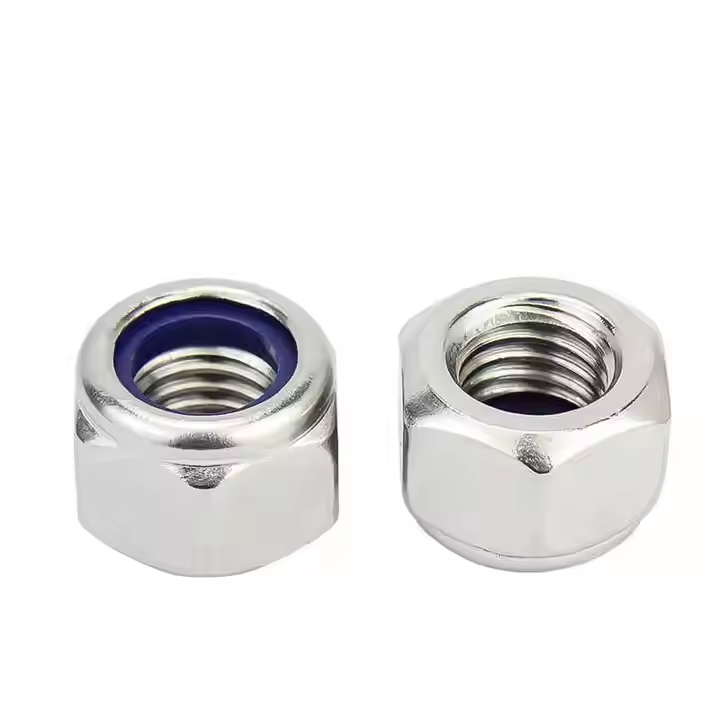
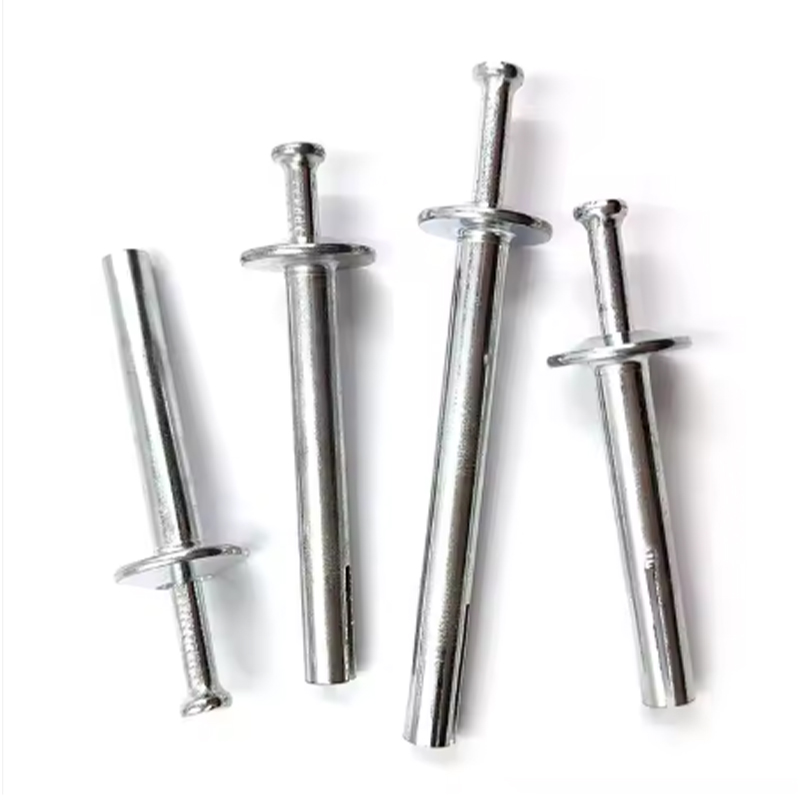
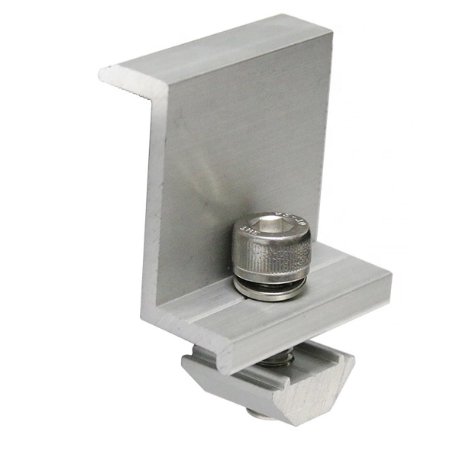
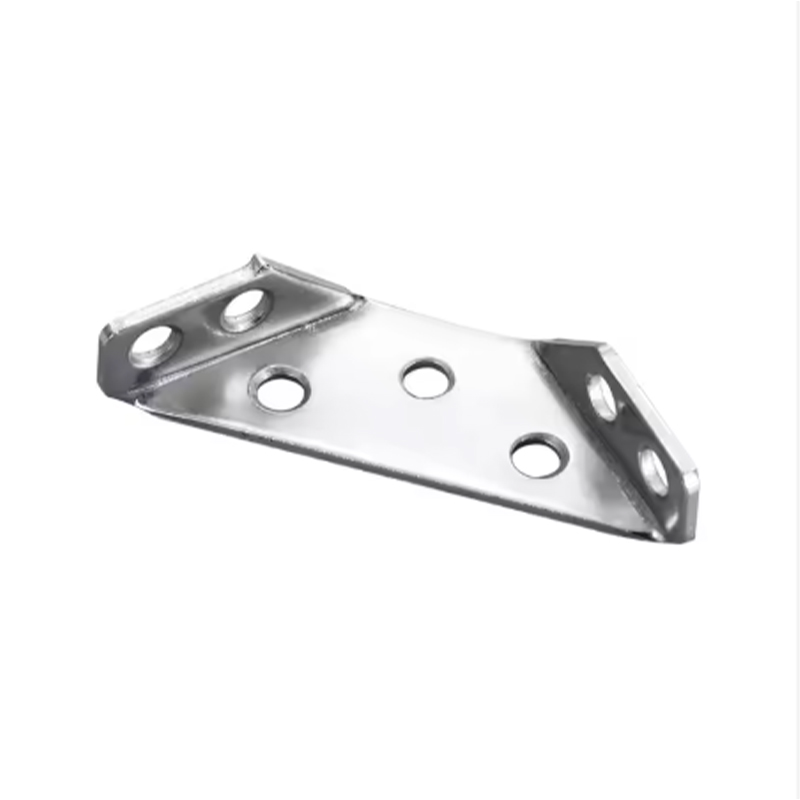
Please enter your email address and we will reply to your email.